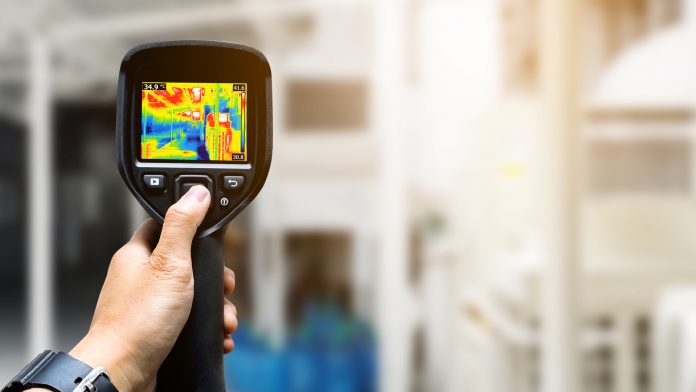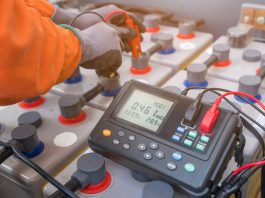New technology for inexpensive thermal-imaging sensors that function at temperatures as high as 100°C have been developed for applications such as smartphones and autonomous vehicles.
Recently, thermal-imaging sensors that identify and capture heat signature images of objects such as human bodies have been utilised in thermostats to check facial temperatures in contactless efforts to check for COVID-19.
As a result of this increase in popularity, the smartphone industry is contemplating the addition of sensors as portable features to establish the add-on function of measuring temperature in real–time. As well as this, the addition of this technology to autonomous vehicles could enable safer autonomous driving.
Overcoming current thermal-imaging sensor challenges
A group of researchers led by Dr. Won Jun Choi at the Center for Opto-Electronic Materials and Devices in the Korea Institute of Science and Technology (KIST) has publicised the advancement of a thermal-imaging sensor that incapacitates the current difficulties of price and operating-temperature restrictions through convergence research with the team of Professor. Jeong Min Baik from Sungkyunkwan University (SKKU).
The sensor they have created as part of the study can function at temperatures of up to 100°C without the need for a cooling device. It is also anticipated to be much more affordable than conventional sensors, which could therefore lead to the application of this technology in smartphones and autonomous vehicles.
Integrating the technology with existing hardware
In order to combine the new technology with the hardware of smartphones and autonomous vehicles, the sensors must be able to steadily function at temperatures of 85°C and 125°C, respectively, without any complications.
For standard thermal-imaging sensors to reach these specifications, an independent cooling device is necessitated. However, high-end cooling devices that guarantee quality have a price tag of over two million Korean won attached, and even then, these devices do not make the sensor appropriate for function at temperatures as high as 85°C. As a result, conventional thermal-imaging sensors have not yet been utilised in these fields.
Now, the joint research team from KIST and SKKU have created a device that uses a vanadium dioxide and has proven to be stable at 100°C. The device identifies and converts the infrared light produced by heat into electrical signals.
Consequently, this removes the necessity for cooling devices, which currently account for over 10% of the cost of thermal-imaging sensors and require massive quantities of electricity. The device was able to achieve the same level of infrared signals at 100°C as at room temperature.
On top of this, as a result of fabricating and applying an infrared absorber that can absorb as much external infrared light as possible, heat signatures were found with three times more sensitivity and converted into electrical signals. The device indicates approximately three milliseconds of response time even at 100°C, which is around three to four times faster than traditional ones. Such high response speeds allow the device to capture thermal images at 100 frames per second, which exceeds the conventional level of 30-40 frames per second, thus making it a potential candidate for autonomous vehicles.
Dr. Choi of the KIST explained: “By means of our work with convergence research in this study, we have developed a technology that could dramatically reduce the production cost of thermal-imaging sensors. Our device, when compared to more conventional ones, has superior responsivity and operating speed. We expect this to accelerate the use of thermal-imaging sensors in the military supply, smartphone, and autonomous vehicle industries.”









